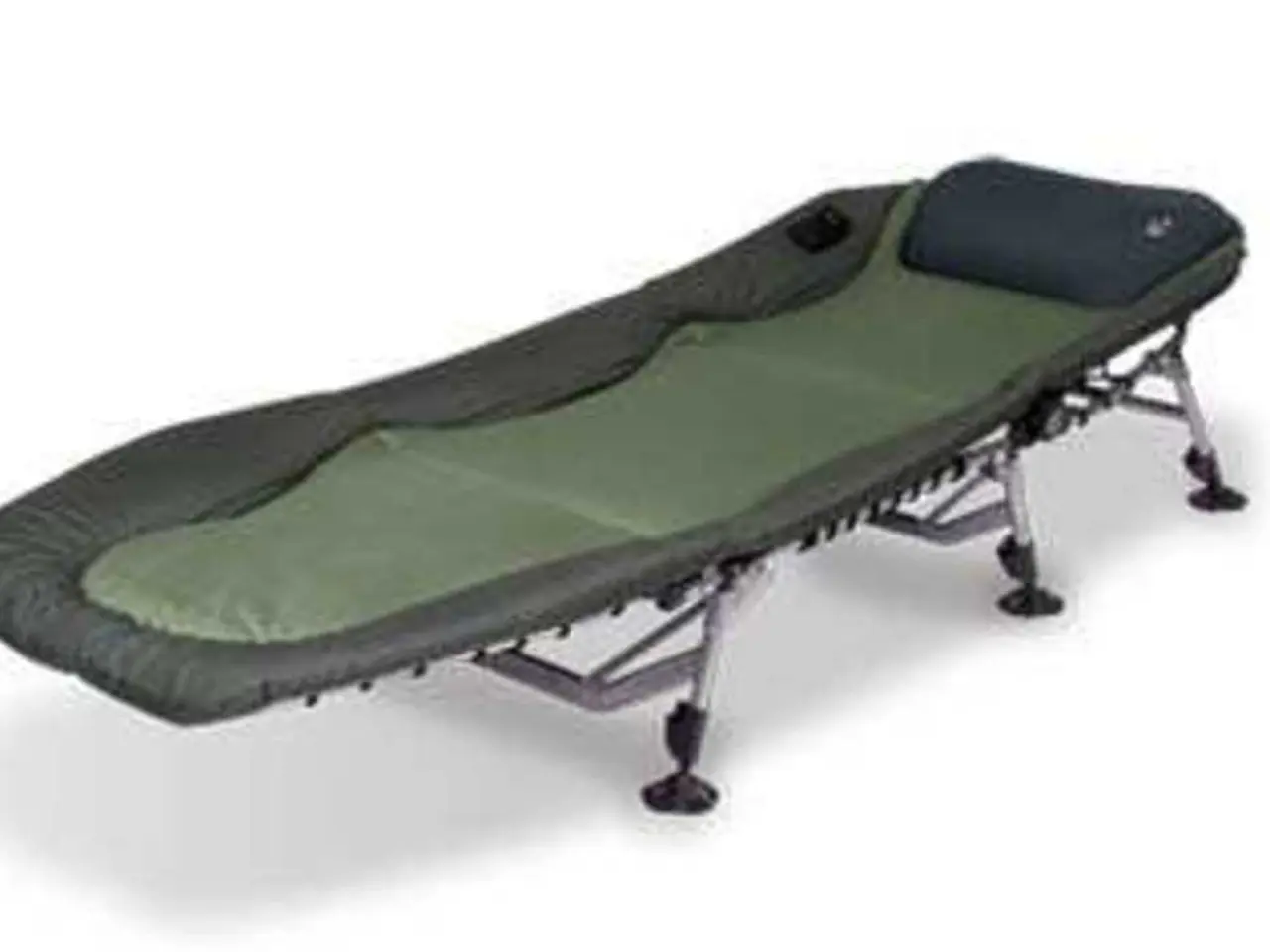Treatment, prevention strategies, and the inner workings of medications used for HIV management
In the fight against HIV, a variety of antiretroviral drugs play a crucial role. These medications, approved by the Food and Drug Administration (FDA), target specific stages of the HIV lifecycle, offering hope for those living with the virus and those at risk of contracting it.
1. **Nucleoside/Nucleotide Reverse Transcriptase Inhibitors (NRTIs):** These drugs block the reverse transcriptase enzyme, which HIV uses to convert its RNA into DNA. Examples include zidovudine, lamivudine, emtricitabine, abacavir, tenofovir disoproxil fumarate (TDF), and tenofovir alafenamide (TAF). They are commonly used in treatment regimens and for pre-exposure prophylaxis (PrEP).
2. **Non-Nucleoside Reverse Transcriptase Inhibitors (NNRTIs):** Like NRTIs, NNRTIs inhibit reverse transcriptase but bind to a different site. Examples include efavirenz, nevirapine, and doravirine. They are integral to some treatment combinations.
3. **Protease Inhibitors (PIs):** These inhibit the HIV protease enzyme, which is essential for viral protein processing. Examples include saquinavir and ritonavir. Often used in combination therapies to boost effectiveness.
4. **Integrase Strand Transfer Inhibitors (INSTIs):** These block the integrase enzyme, preventing HIV DNA from integrating into the host genome. Examples include dolutegravir, bictegravir, and cabotegravir. INSTIs are now considered first-line components in most HIV treatment regimens.
5. **Entry/Fusion Inhibitors:** These prevent HIV from entering host cells by blocking fusion or entry steps. Examples include enfuvirtide. Other types targeting entry include CCR5 antagonists that block the CCR5 receptor on immune cells.
Standard HIV treatment typically combines two NRTIs with an integrase inhibitor for effective viral suppression. For HIV prevention (PrEP), the FDA has approved combinations like tenofovir DF-emtricitabine (TDF-FTC), tenofovir alafenamide-emtricitabine (TAF-FTC), and long-acting injectable cabotegravir.
It is essential to attend regular checkups to monitor for adverse effects, including heart or kidney damage. A healthcare provider can offer more information about specific side effects and how to manage them. Modern antiretroviral therapy has made it possible for people with HIV to have life spans similar to those without the infection.
For those recently diagnosed with HIV, starting treatment with a combination medication is crucial. The benefits of antiretroviral therapy far outweigh the risks posed by side effects, according to HIV.gov. Insurance, federal resources, and non-federal programs can help cover the costs of HIV medications.
In an emergency situation, post-exposure prophylaxis (PEP) is an HIV prevention strategy involving HIV medications within 72 hours of possible exposure. Ibalizumab-uiyk (Trogarzo) and Fostemsavir (Rukobia) are FDA-approved post-attachment inhibitors and attachment inhibitors, respectively. Enfuvirtide (Fuzeon) is an FDA-approved fusion inhibitor. Maraviroc (Selzentry) is an FDA-approved CCR5 antagonist. Dolutegravir and raltegravir are examples of integrase inhibitors. Cobicistat (Tybost) is an FDA-approved pharmacokinetic enhancer.
Examples of NRTIs include abacavir, emtricitabine, lamivudine, zidovudine, and tenofovir disoproxil fumarate. Examples of NNRTIs include nevirapine, efavirenz, etravirine, and rilpivirine. Examples of PIs include atazanavir, darunavir, fosamprenavir, ritonavir, saquinavir, and tipranavir.
HIV is a type of retrovirus. Side effects of antiretroviral therapy vary depending on the medication and can include headaches, fatigue, difficulty sleeping, dry mouth, rash, nausea and vomiting, diarrhea, dizziness, pain, and more. Some side effects of antiretroviral therapy last a few days or weeks, while others may not appear for a few months or years.
In conclusion, the major classes of antiretroviral drugs used in both HIV treatment and prevention are NRTIs, NNRTIs, protease inhibitors, integrase inhibitors, and entry/fusion inhibitors, with specific drugs chosen based on efficacy, side effect profiles, and patient needs. When HIV levels are undetectable, the virus can no longer damage the body or transmit to others. For more information on accessing HIV medications and maintaining a treatment regimen, visit HIV.gov.
- Eosinophilic asthma, a type of allergic inflammation in the airways, can sometimes be mistaken for other conditions due to its non-specific symptoms.
- In the realm of health-and-wellness, it's crucial to address not only physical health but also mental health and sexual health. HIV, a retrovirus, emphasizes the importance of prioritizing mental health care along with antiretroviral treatment.
- Science continues to advance in the healthcare industry, with breakthroughs in HIV treatment such as long-acting injectable cabotegravir, allowing for more convenient treatment options.
- Pre-exposure prophylaxis (PrEP) medications, like tenofovir DF-emtricitabine (TDF-FTC) and tenofovir alafenamide-emtricitabine (TAF-FTC), play a significant role in mental health by reducing anxiety and fear associated with HIV risk.




